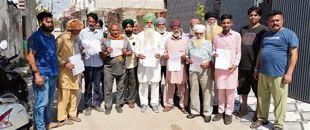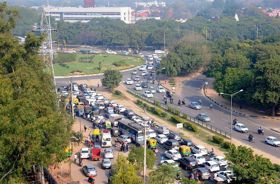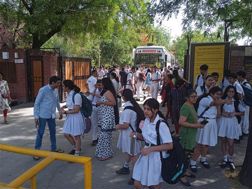
New India’s Ayushman Bharat by Dr R Kumar. Aggarwal Parkashan. Pages 286. Rs 599
Gaurav Kanthwal
In times of General Election when a film and a TV channel are under the scanner of Election Commission of India for allegedly giving unfair advantage to a political party, a book New India's Ayushman Bharat by Dr R Kumar has hit the stands. Though there is little in the book that could be termed as propaganda, its title does have the potential to raise some eyebrows. However, the preface of the book makes it clear that the book is about the required paradigm shift in planning healthcare.
The book has eight chapters. Its primary focus is on maximising medical resources to the benefit of countrymen. There is a special emphasis on wellness centres, the need to update medical education in India and the lack of ethics in the profession.
Dr R Kumar, a senior eye specialist, endorses the adoption of Cuba’s famed model of healthcare for India. A third-world country like Cuba has an infant mortality rate (number of deaths per 1,000 live births) of 4, much below than that of US (5.82). Life expectancy in Cuba is same as that of US — 78 years. However, Cuba spends just four per cent per person annually than the US.
In Chapter 5 titled, Patient Safety: Minimum Medicine Maximum Health, the author advocates the need to prescribe generic drugs and regulate the price of drugs with a maximum margin of 20 per cent profit.
Giving an example of corporate nexus in the public health system, the book notes that before 1997, fasting blood sugar levels was 140mg, WHO decreased it to 126 mg making 14 per cent of the world population diabetic. In 2003, the American Diabetic Association brought it down further to 100mg, making 60 per cent of Indian population as pre-diabetic or diabetic. Is it surprising then that the members of the panel that made these changes were the consultants of top seven pharmaceutical companies.
The author quotes facts and figures from British journals and foreign studies but India-specific data is inadequate in the book. Recurrent typographical errors take the sheen away from the book.


























